Something Wonderful Is Happening Saturday, Jan. 18 at Bohart Museum of Entomology!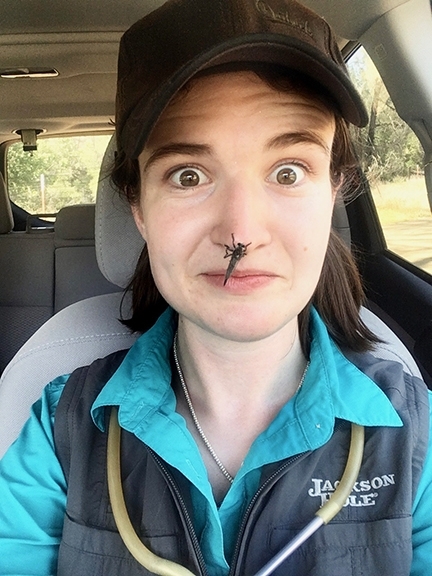
If you're a student and thinking about a science career, this is for you.
If you're someone interested in all things science, and want to learn more, this is for you.
And it's free.
The Bohart Museum of Entomology will host an open house themed “Time Flies When You Are Studying Insects: Cutting Edge Student Research,” from 1 to 4 p.m., Saturday, Jan. 18 in Room 1124 of the Academic Surge Building on Crocker Lane, UC Davis campus. Six UC Davis doctoral students will showcase their work and it's an opportunity for you to ask questions.
Ant research? Check!
Assassin fly research? Check!
Bat research? Check!
And more!
Think fruit flies (how do they tell time?)
Think monarchs (how do they know when to migrate?)
Think bark beetles (what kind of havoc do they wreak?)
Forensic entomology (what's that all about?)
Doctoral students who will present their research are:
- Entomologist Yao Cai of the Joanna Chiu lab, UC Davis Department of Entomology and Nematology (circadian clock research on fruit flies and monarchs)
- Entomologist Charlotte Herbert Alberts, who studies assassin flies with major professor Lynn Kimsey, director of the Bohart Museum of Entomology and professor of entomology (assassin flies and their prey)
- Entomologist Zachary Griebenow of the Phil Ward lab, UC Davis Department of Entomology and Nematology (ants)
- Forest entomologist Crystal Homicz who studies with Joanna Chiu and research forest entomologist Chris Fettig, Pacific Southwest Research Station, USDA Forest Service, Davis (forest beetles and what they do)
- Forensic entomologist Alexander Dedmon, who studies with Robert Kimsey, UC Davis Department of Entomology and Nematology (forensic entomology tools and discussion)
- Ecologist Ann Holmes, affiliated with the Graduate Group in Ecology, Department of Animal Science, and the Genomic Variation Laboratory, studies with major professors Andrea Schreier and Mandi Finger (what insects bat eat)
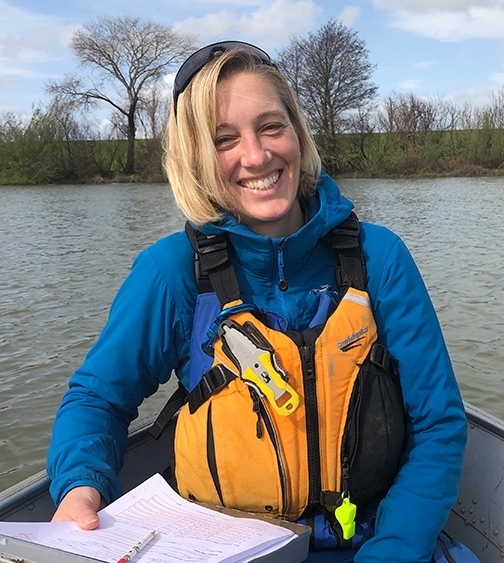
The family craft activity will be painting rocks, which can be taken home or hidden around campus. "Hopefully some kind words on rocks found by random strangers can also make for a kinder better future,” Yang said.
In addition to meeting and chatting with the researchers, visitors can see insect specimens (including butterflies and moths), meet the critters in the live “petting zoo” (including Madagascar hissing cockroaches, walking sticks and tarantulas) and browse the gift shop, containing books, insect-themed t-shirts and sweatshirts, jewelry, insect-collecting equipment and insect-themed candy.
The Bohart Museum, directed by Lynn Kimsey, professor of entomology, houses a global collection of nearly eight million specimens. It is also the home of the seventh largest insect collection in North America, and the California Insect Survey, a storehouse of insect biodiversity.
The insect museum is open to the public Mondays through Thursdays from 9 a.m. to noon and 1 to 5 p.m., except on holidays. More information on the Bohart Museum is available on the website at http://bohart.ucdavis.edu or by contacting (530) 752-0493 or bmuseum@ucdavis.edu.
And, by the way, be sure to mark your calendar: on Saturday, Feb. 15 for the annual UC Davis Biodiversity Museum Day. That's when 13 museums or collections will be open to the public. You can meet the scientists and discuss their research. And, yes, it's free and family friendly.
Attached Images:
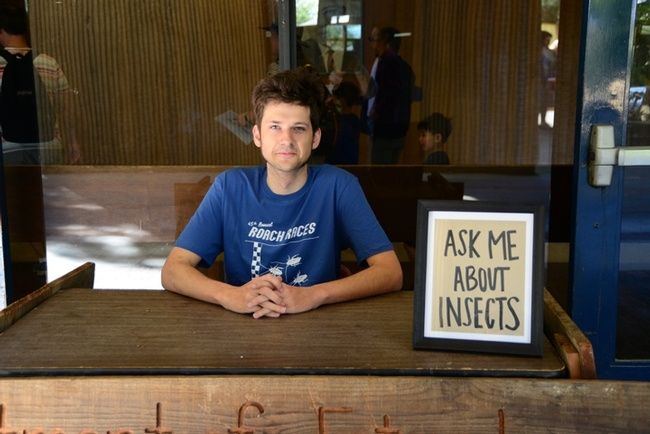
Zachary Griebenow, shown here at UC Davis Picnic Day, will present his research on ants at the Bohart Museum of Entomology open house. (Photo by Kathy Keatley Garvey)
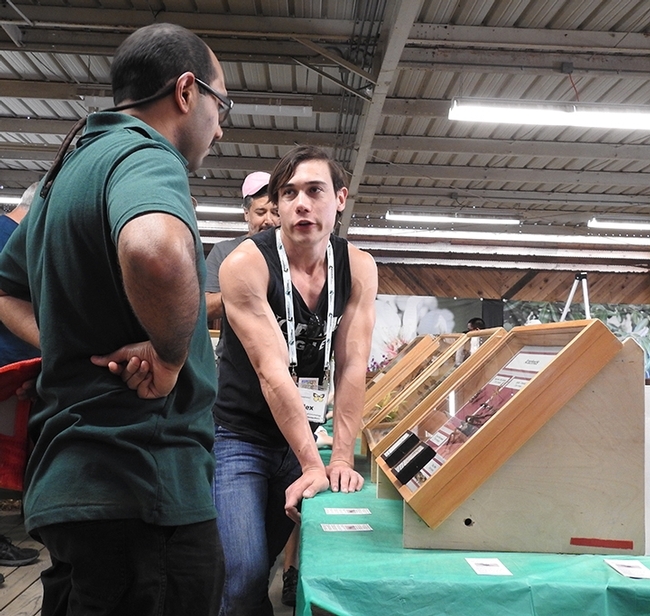
Forensic entomologist Alexander Dedmon is enthusiastic about his research. (Photo by Kathy Keatley Garvey)
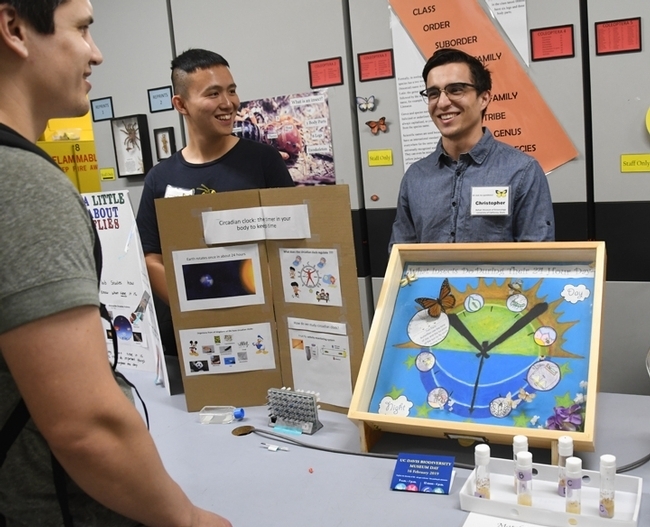
Doctoral Yao Cai (left) (shown here with undergraduate student Christopher Ocoa, will discuss his circadian clock research on fruit flies and monarch butterflies. (Photo by Kathy Keatley Garvey)
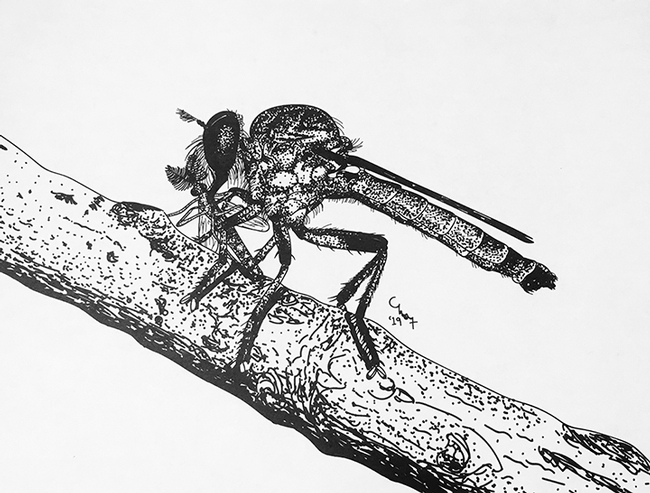
Charlotte Alberts studies assassin flies and also draws them! This is an Ommatius amula with prey.
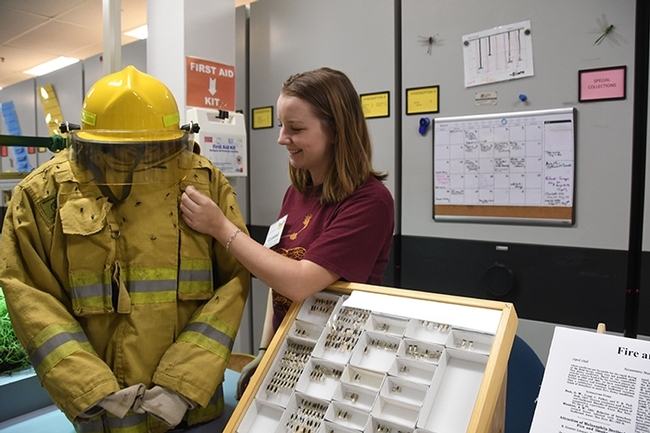
Forest entomologist Crystal Homicz will talk about bark beetles. (Photo by Kathy Keatley Garvey)